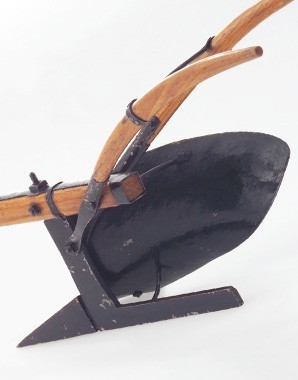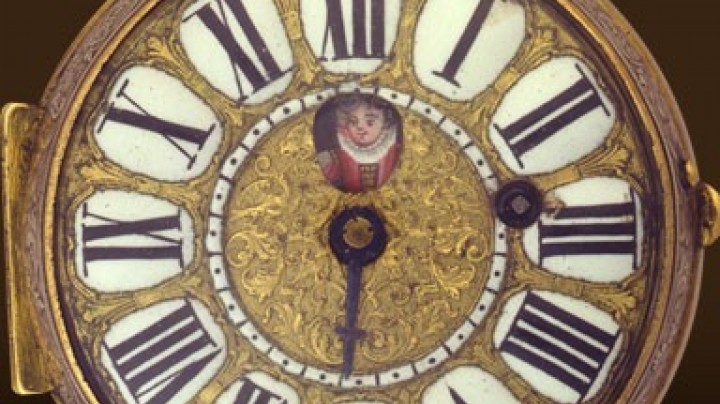Dead sparrows and prayers against locusts – Measures to increase yields
Where there was not enough land for agriculture it was necessary to find other ways and means: new varieties of grain, dividing up land, and fertilizers.
Because there were limits to the amount of land that could be gained for agriculture by felling forests or draining marshland, intensifying cultivation was seen as a way out of the crisis in the supply of food. Fallow land – those fields which were left uncultivated to allow the regeneration of the soil – was now also to be planted with crops. In order to prevent exhaustion of the soil, it was planned to ensure that cereals alternated with foliage plants, that is to say that rotation of crops was practised.
It was also decreed that common land should be divided up, that is to say those areas of a community or settlement that were used by all its inhabitants and might be woods, meadows fields or ponds. It was thought that people would use land that they owned in their own right in a more profitable way.
Moreover, higher yields were also brought about by new crops like maize and potatoes, as well as new forms of fertilization. In addition to animal manure farmers began to use lime and marl as fertilizers. In livestock farming summer stall-feeding became the usual practice: instead of being put out to graze during the summer months animals were kept inside for the whole year because this meant that pasture areas could be reduced. In this process not only hay but also clover had an important role, since it could be used both as feed and as a source of nitrogen for the soil. On the other hand there were some ideas that sound decidedly strange, for example the use of prayers to drive away pests such as locusts or stipulating a minimum number of dead sparrows. These and other proposals and regulations were disseminated by means of pamphlets or in sermons preached from the pulpit.














